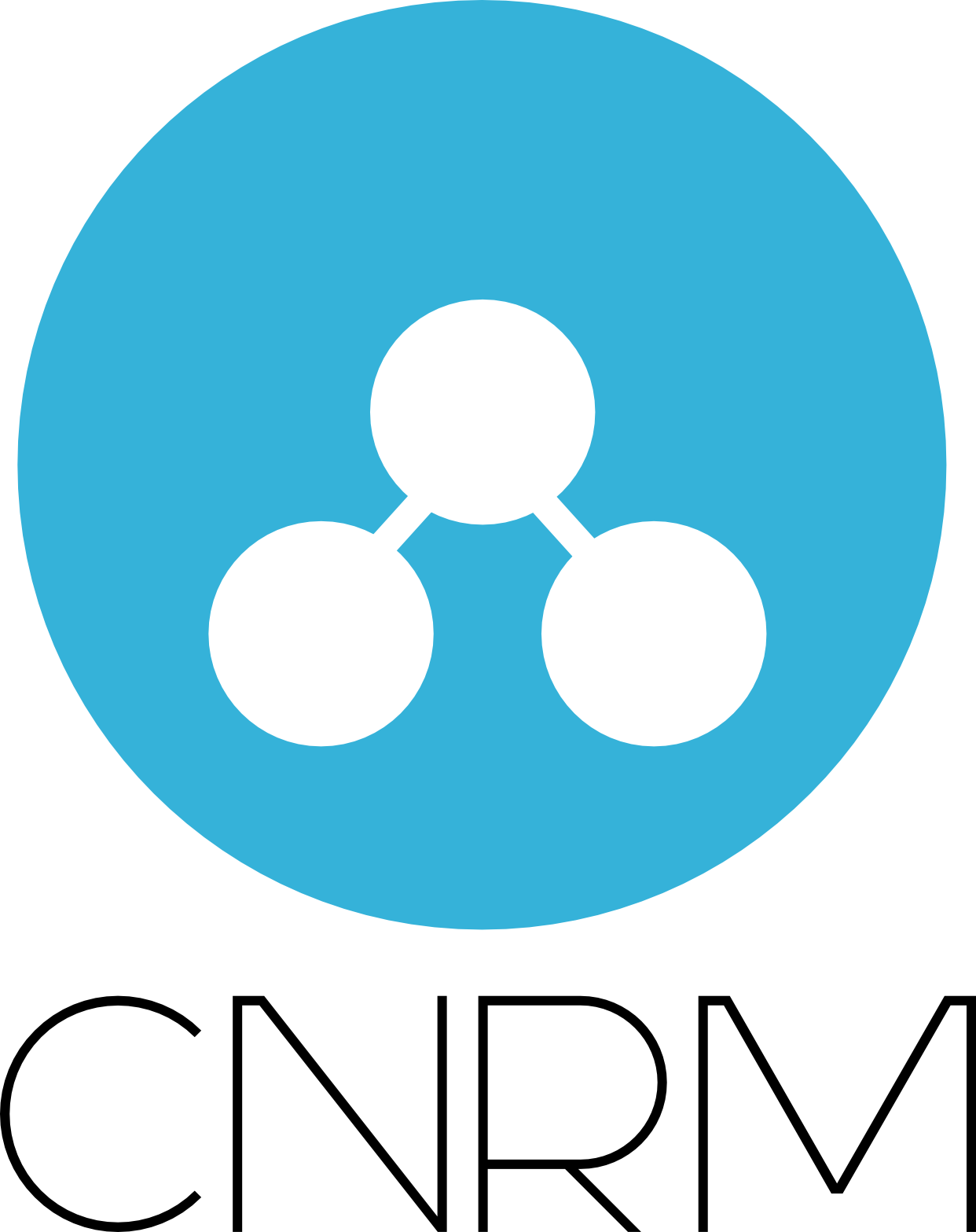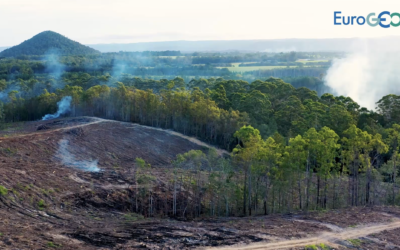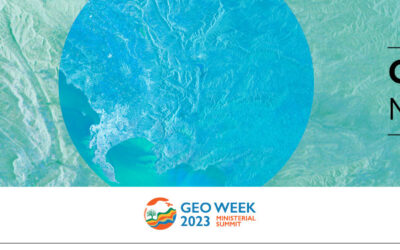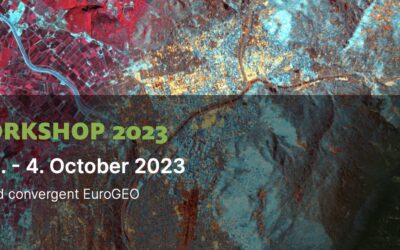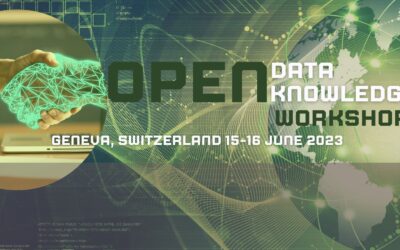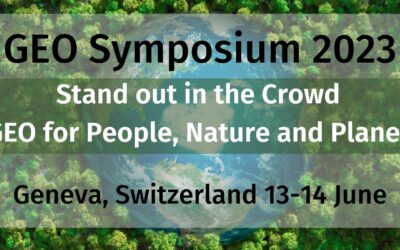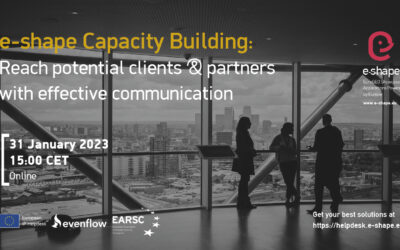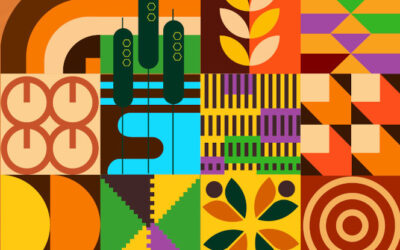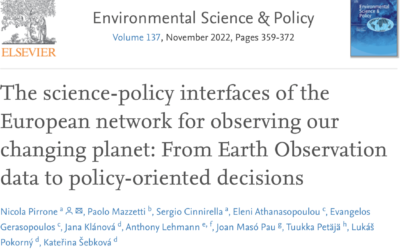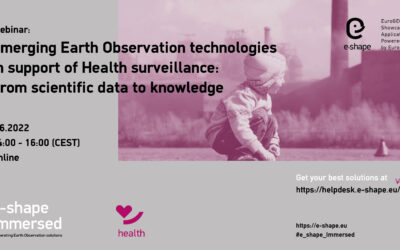National Reference Centre for Mercury
I am frustrated when I think that without Minamata disease I could have run like everyone else. Please deal with mercury properly. We need more countries to ratify the Minamata Convention on Mercury.
CNRM is representing Italy in the Minamata Convention
_________________________
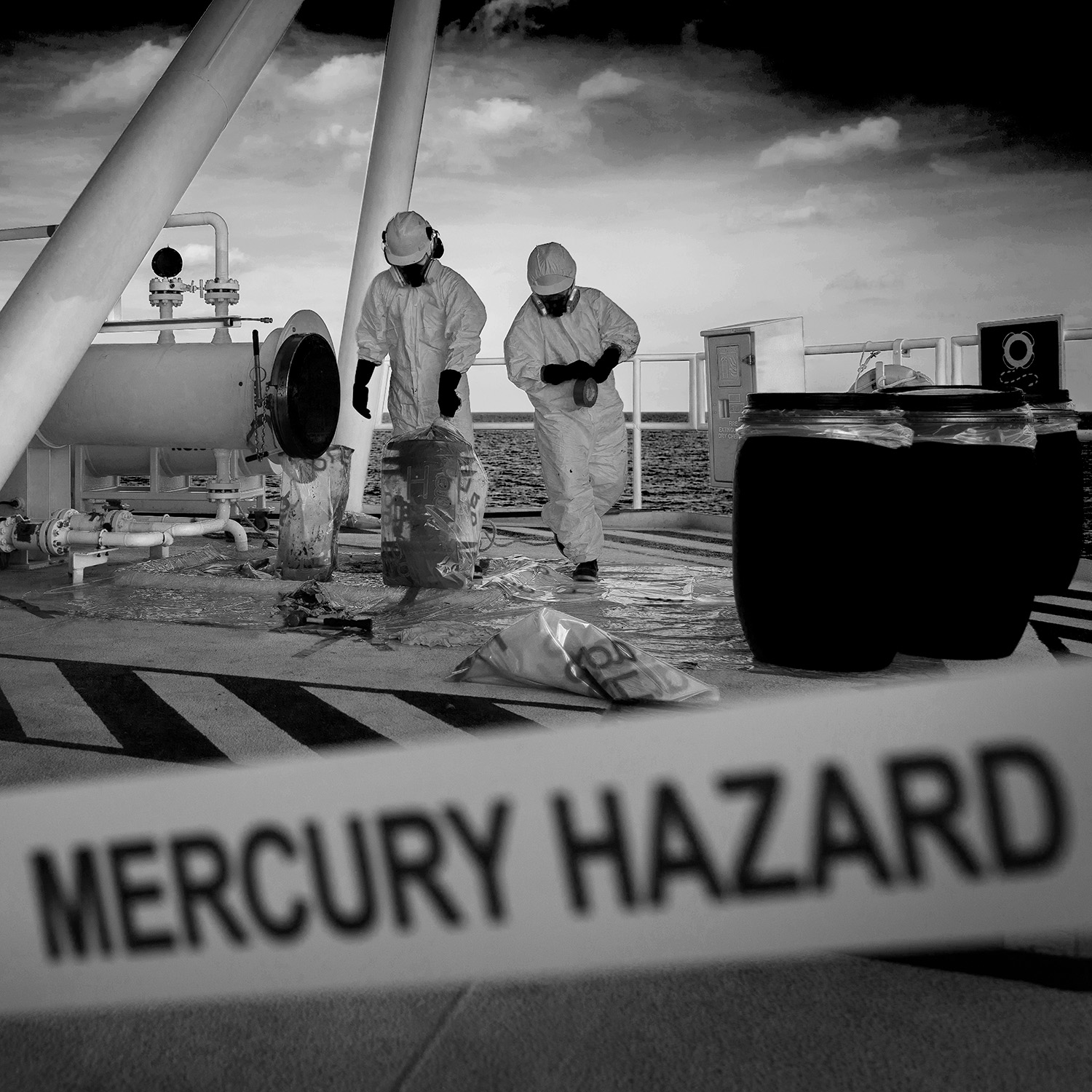
It is one of the most dangerous pollutants due to its high level of toxicity and its persistence in the environment. Once released into soil, water or atmosphere, it gives rise to a complex combination of chemical, physical and biological processes, transforming into compounds that are very harmful.
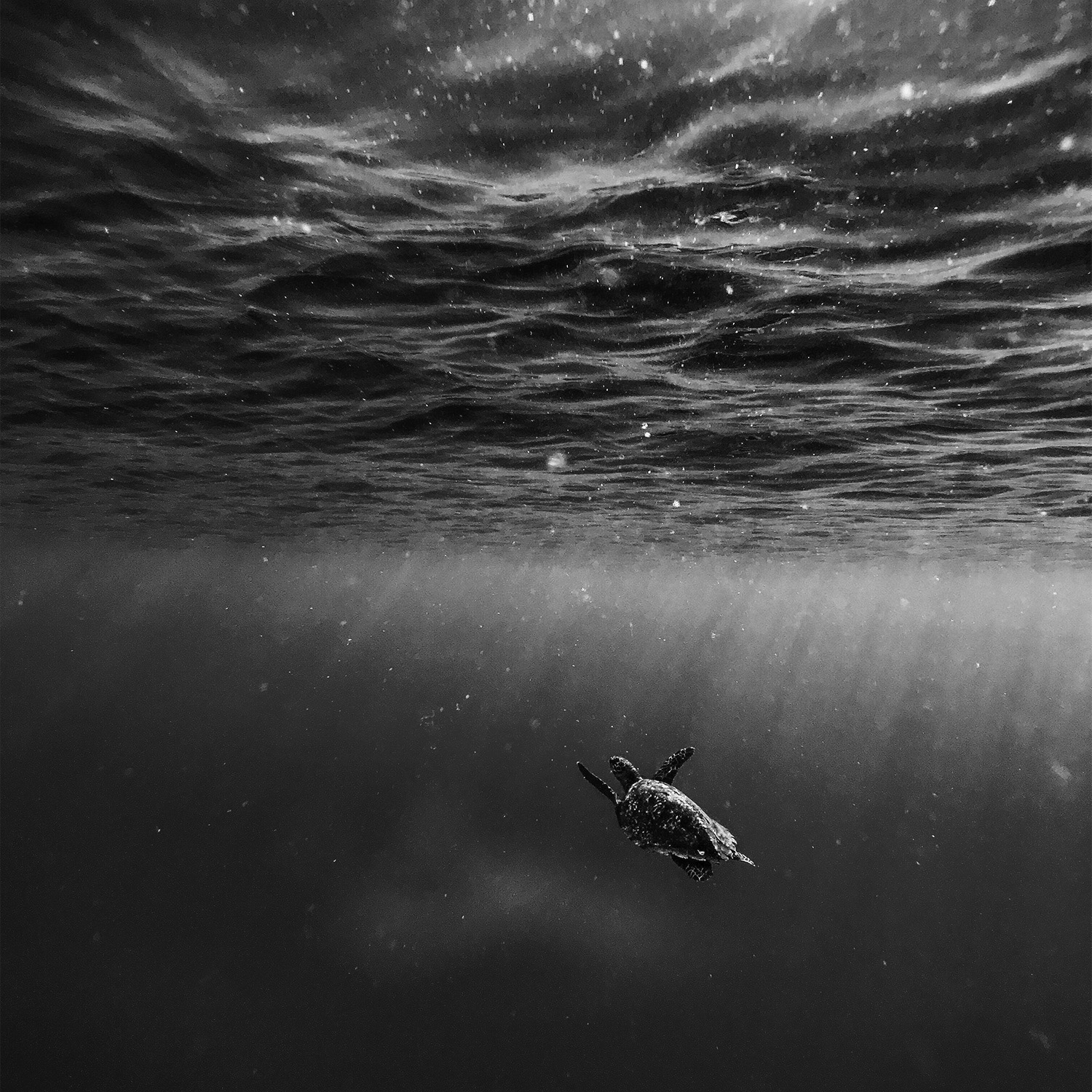
It can have toxic effects on the nervous, digestive and immune systems, as well as on the lungs, kidneys, skin and eyes, compromising cognitive and / or sensory functions and motor skills; it is also possible for mercury to cross the placenta and irreversibly damage a fetus.
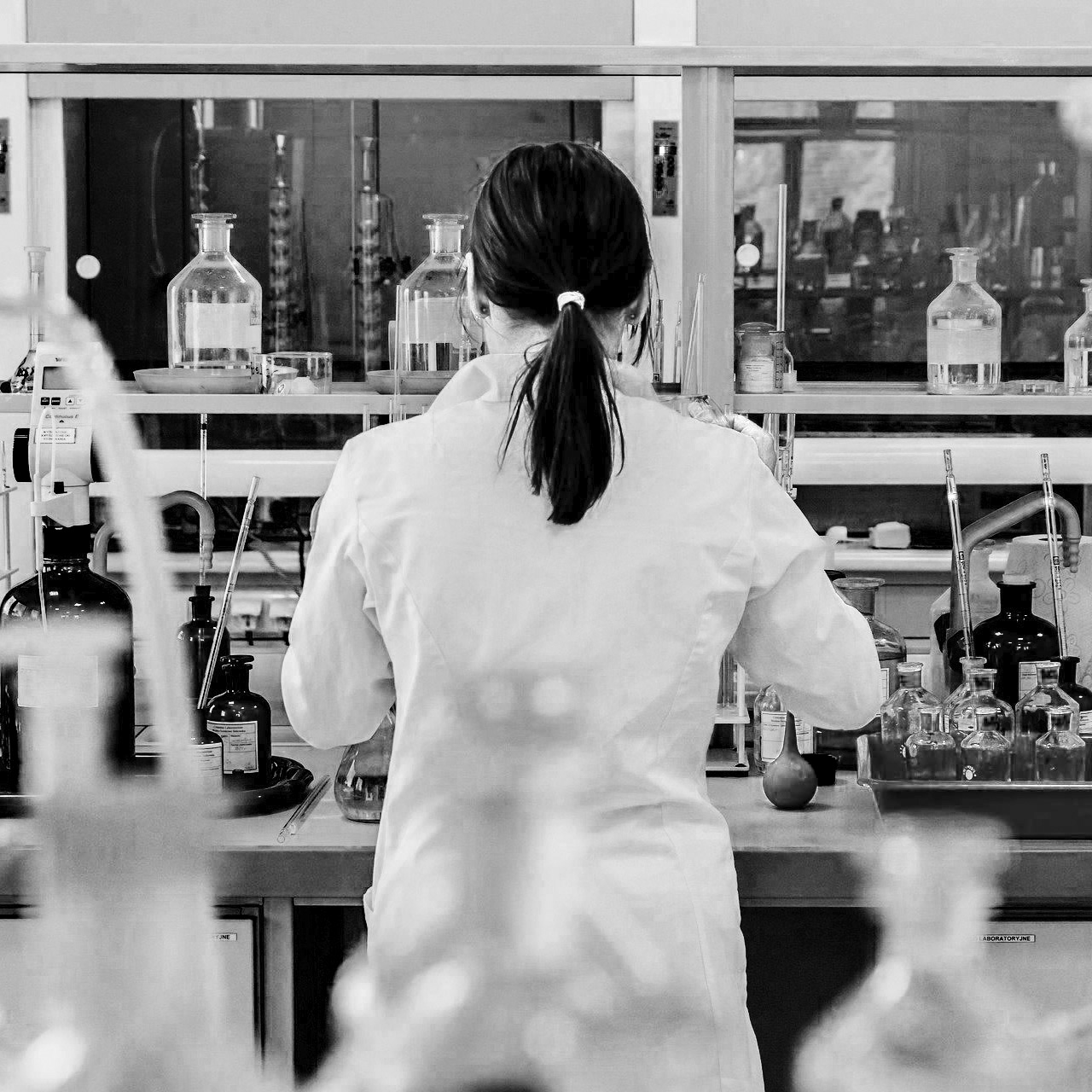
The National Reference Centre for Mercury (CNRM) represents Italy in the context of the Minamata Convention on Mercury. Its creation took place as part of the initiatives adopted by the Governing Council of the United Nations Environment Programme (UNEP), about mercury pollution.
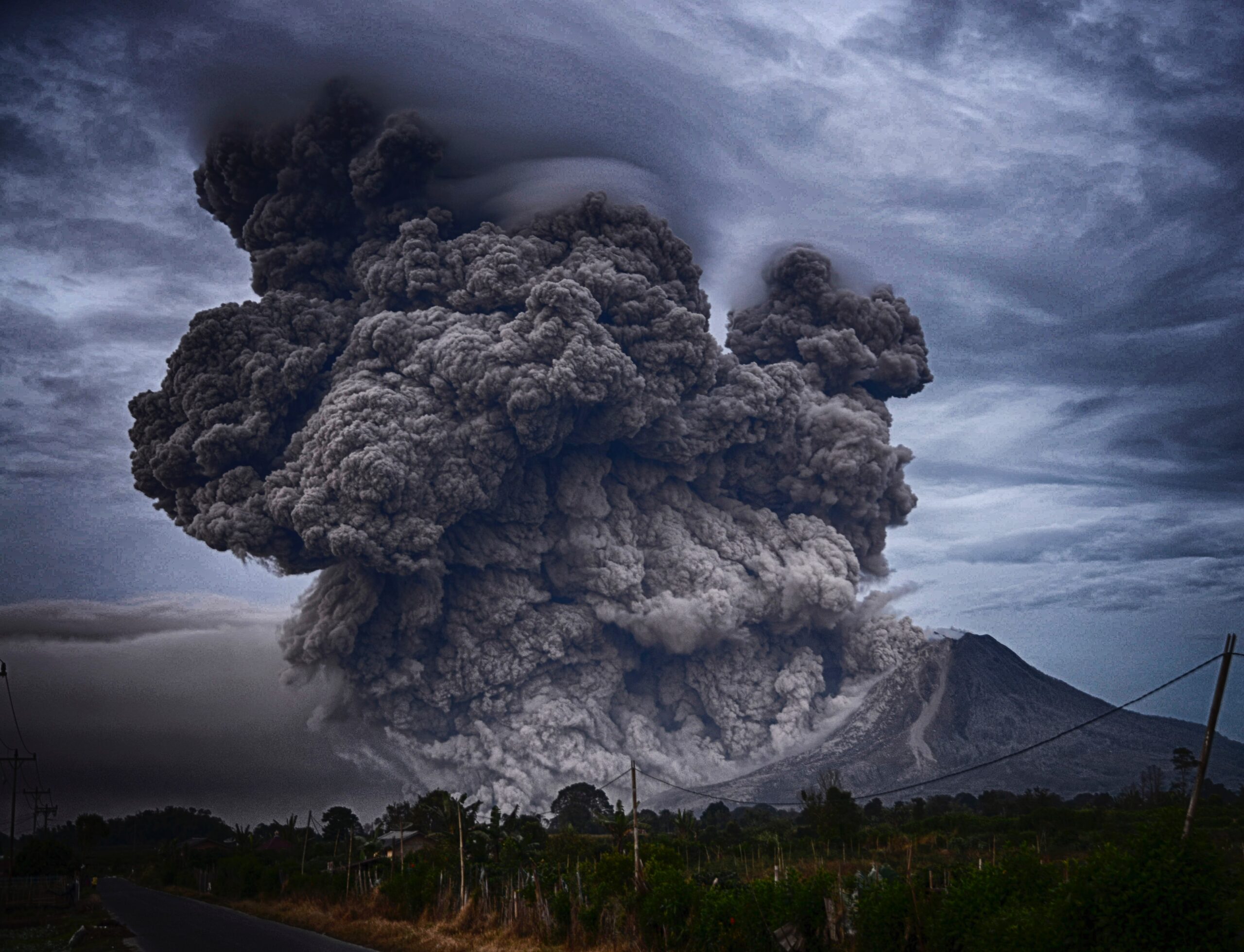
Our Mission
Its creation took place as part of the initiatives adopted by the Governing Council of the United Nations Environment Programme (UNEP), about mercury pollution.
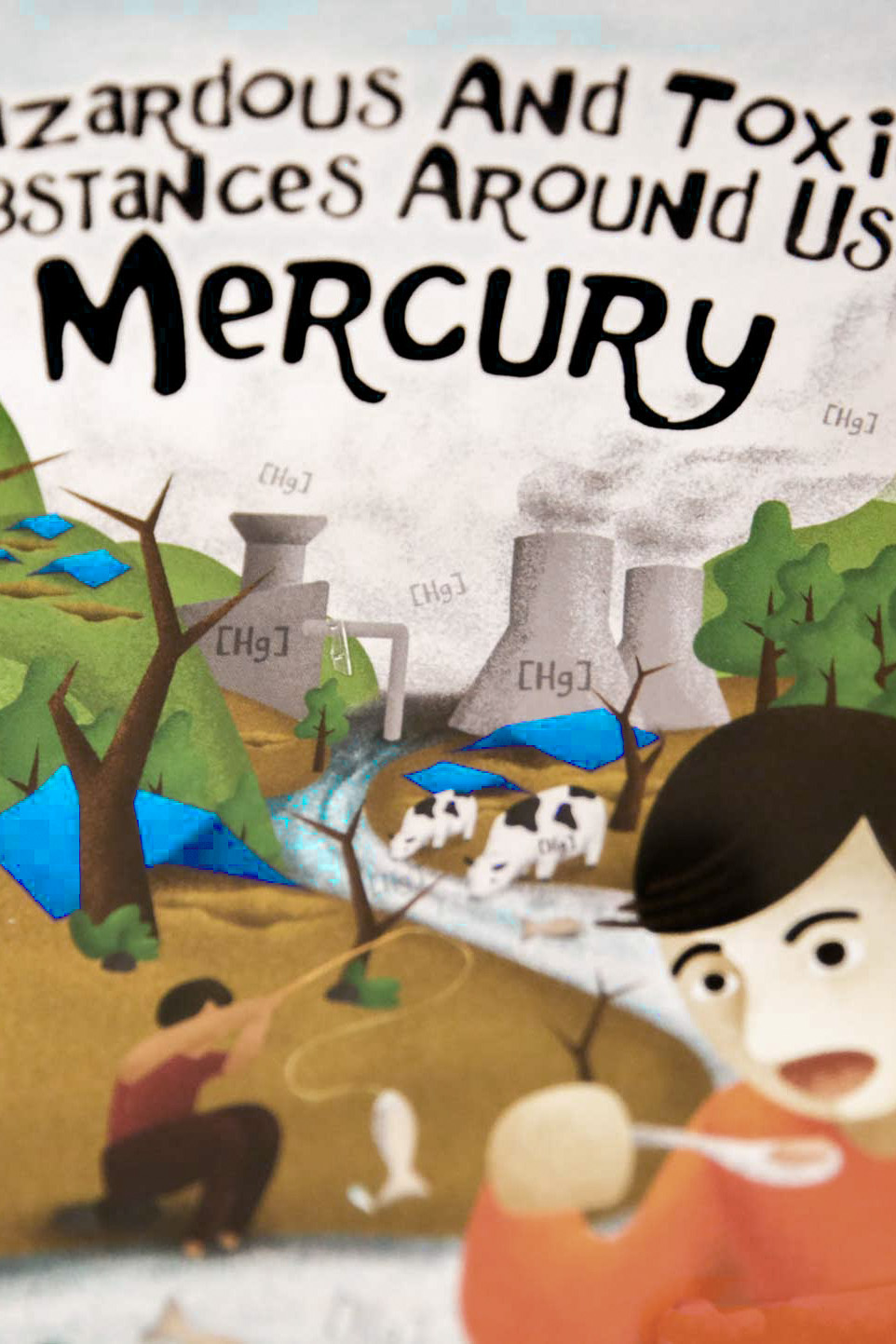

Mercury emissions
A recent UNEP report estimates the annual emissions of mercury into the atmosphere at approximately 5,500-8,900 megagrams (Mg). A part of these emissions (about 2,000 Mg) has an anthropogenic origin and comes mainly from industrial sectors (in particular, from the production of: energy with fossil fuels; concrete; ferrous and non-ferrous materials), from the use of mercury in the extraction of gold with artisanal methods, from the disposing in landfills of materials containing mercury and from contaminated sites.
Another part of the emissions (about 80-600 Mg) is of natural origin and includes sources such as volcanoes. Finally, a large part of the emissions (about 4,000-6,350 Mg) comes from re-emission processes of previous atmospheric mercury depositions. These re-emissions mainly affect soils, vegetation (especially during fires) and the sea.
The range indicated in the estimates describes the uncertainty with which scientists are dealing in defining the origin of these emissions. A better knowledge and estimation of atmospheric emission sources would allow the refinement of the models used in the simulations of the bio-geochemical cycle of mercury on a regional and global scale. Furthermore, this better knowledge of emissions on a national scale would allow targeted reduction actions, with substantial benefits in economic terms.
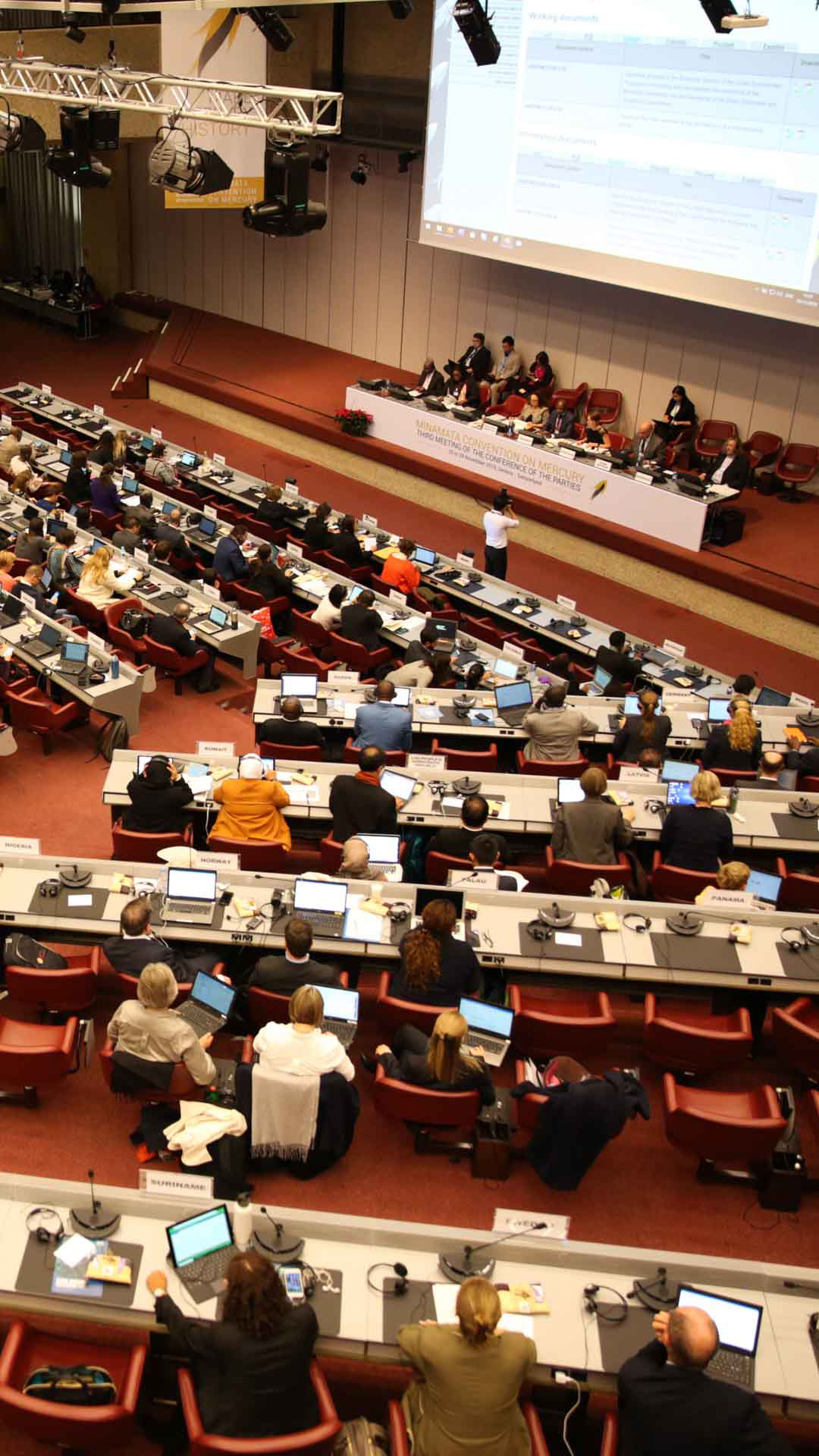
- Anthropogenic emissions
- Natural origin
- Re-emission processes
About Us
The National Reference Centre for Mercury (CNRM) represents Italy in the context of the Minamata Convention on Mercury* and was established on December 19, 2012 through a Memorandum of Understanding between the Italian National Research Council (CNR) and Ministry for Environment, Land and Sea Protection (MATTM), with the participation of the National Institute of Health (ISS).
*Measures n. 78796 of the 20/12/2012; n.38481 of the 28/06/2013
EuroGEOSec project begins
The new EuroGEOSec project, of which the CNR-IIA is one of the core partners, has just started. EuroGEOSec will see the establishment of a secretariat for EuroGEO, bringing back together a European consortium built from the core group involved in the...
November 6-10 — GEO Week 2023
There is more data than ever before on our changing Earth. The problem is that many people can’t get hold of it, and when they can, it’s in a language they don’t understand. GEO brings together the best Earth observation data, technology and science and translate it...
October 2-4 — EuroGEO Workshop 2023
On October 2-4, in Bolzano, Italy, the 2023 edition of the EuroGEO Workshop will be held. EuroGEO brings together and coordinates activities in Europe that contribute to the initiatives of the Group on Earth Observations (GEO). This year’s EuroGEO workshop...
June 15-16 – Open Data and Open Knowledge workshop
On June 15-16, 2023, The Data Working Group, together with the GEOSS Platform and the GEO Knowledge Hub teams are organizing a two-day Open Data and Open Knowledge workshop that will take place in Geneva. The workshop—held in person for the first time in three...
June 13-14 – GEO Symposium 2023
On June 13-14, 2023, for the first time since 2019, the GEO Symposium 2023 will be held in person in Geneva , followed by the Open Data and Open Knowledge Workshop. It is a key opportunity for the GEO Work Programme community to exchange knowledge, share experiences,...
Two e-shape capacity building online webinars in January 2023
Evenflow together with EARSC and IP Helpdesk would like to invite the EuroGEO community and specifically the e-shape pilots to two Capacity Building webinars in January 2023. Both webinars focus on cases relevant to the e-shape pilots and the EuroGEO...
October 31 – November 04, GEO Week 2022
The GEO Week 2022, that will be held in Accra, Ghana, from October 31 to November 04, will showcase how global collaboration is accelerating the use of Earth Observations as evidence for local impact, both in Africa and around the world....
Major outcomes of ERA-PLANET on Environmental Science & Policy
“The science-policy interfaces of the European network for observing our changing planet: From Earth Observation data to policy-oriented decisions” has been published on the latest volume of Environmental Science & Policy. It reports on major outcomes of the...
e-shape Showcase 2 Online Webinar
June 8th e-shape Showcase 2 has held an online webinar about “Emerging Earth Observation technologies in support of Health surveillance: from scientific data to knowledge”. The four Showcase Pilots have presented their results, discussed next steps and raised the...
